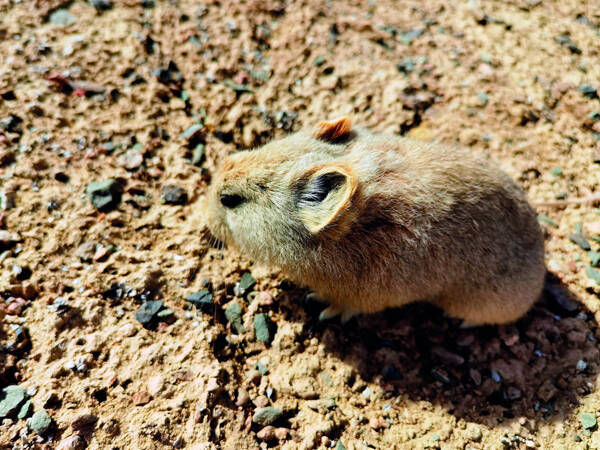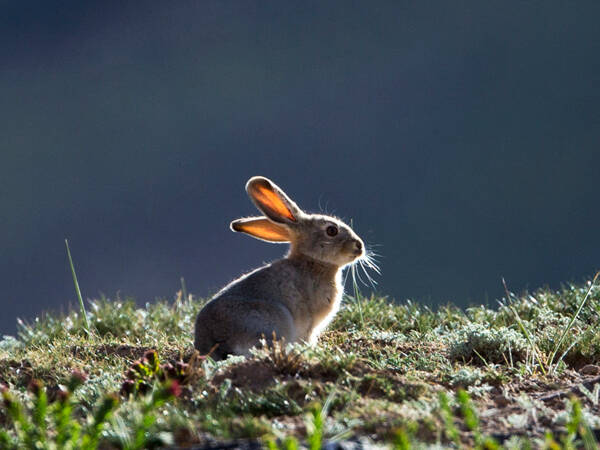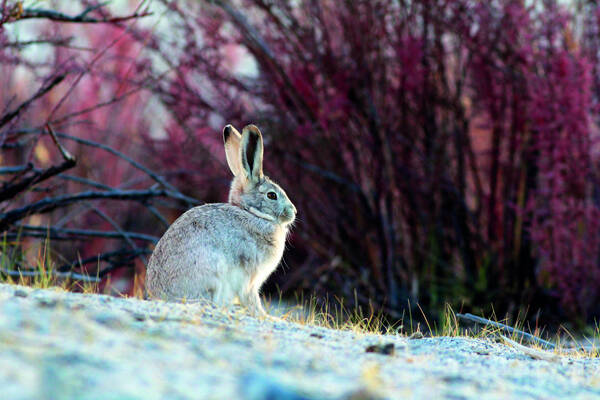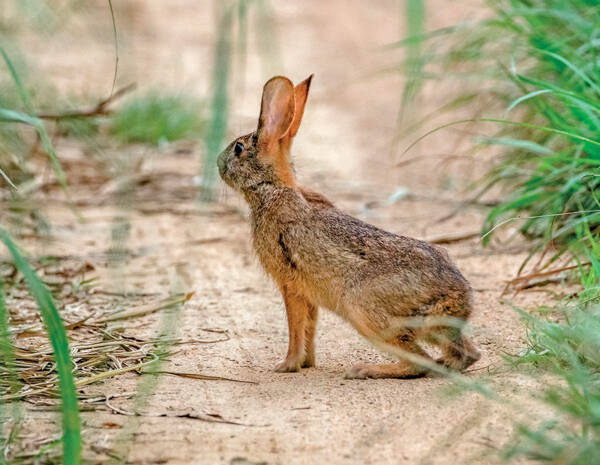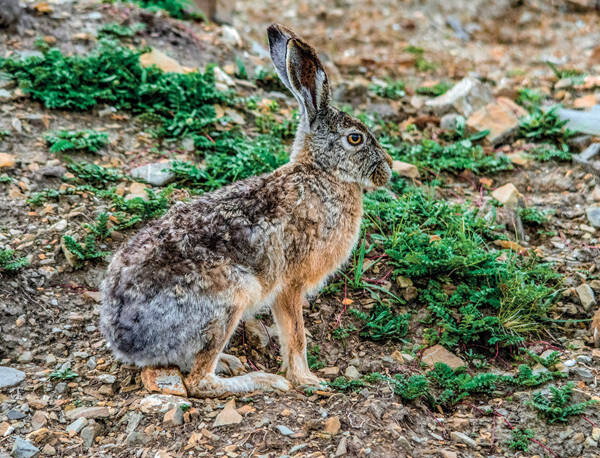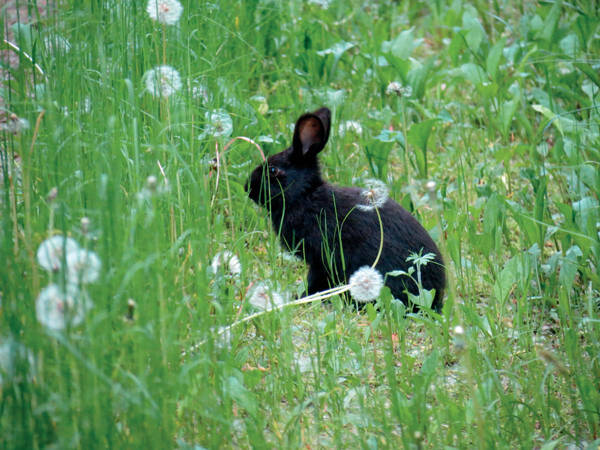Ochotona thomasi
IUCN
LCBasic Information
Scientific classification
- name:Ochotona thomasi
- Scientific Name:Ochotona thomasi,Singing Mouse
- Outline:Lagoiformes
- Family:Lagomorpha Ochotonidae Ochotona
Vital signs
- length:140mm
- Weight:
- lifetime:
Feature
Cranial stenosis
Distribution and Habitat
It is endemic to China. It is only distributed in Tianjun and Banma, Qinghai.
It lives in alpine meadow grasslands, shrubs and subalpine coniferous forests at an altitude of about 4,000 meters.
Appearance
This species has two notable characteristics. First, the skull is narrow, the zygomatic width is less than 14.6mm, and the ratio of zygomatic width to total skull length does not exceed 41.1%. Secondly, the fur is sandy and lighter, the foot fur is dense, the finger (toe) pads are hidden in the fur, and only the claws are exposed (winter fur is the same as summer fur). However, there are certain differences in different regions. The skull of the narrow-skulled pika produced in Banma County in southeastern Qinghai is consistent with the narrow-skulled pika produced in Tianjun, but the fur color is slightly brownish black, the foot fur is less, and the finger (toe) pads are exposed, which is slightly different from the ground model specimen. On the skull, there is no oval foramen in the frontal bone, and the incisor foramen and palatine foramen are merged into one large hole.
Details
The scientific name of the narrow-headed pika is Ochotona thomasi, belonging to the subgenus <Ochotona>. It is a very special species with a small population, a narrow distribution area, few studies, and few specimens, which deserves high attention.

The narrow-headed pika has complex burrows and dense burrows. It feeds on grass and does not hibernate. It can move both day and night, but it is active most frequently during the day, and is most active between 8 and 10 am and after 3 pm. It is alert, and will make sharp calls at the slightest movement, and then flee into the cave. After a while, it will try to go out of the cave to explore, and if there is no doubt, it can move around in the same place. In winter, when it snows, it may dig a cave under the snow.
This species is listed in the 2013 Red List of Endangered Species of the World Conservation Union (IUCN) ver3.1--Vulnerable (VU).

